In the last year, Apple Silicon has been a rather widely discussed topic in Apple circles – Apple's own chips, which are gradually replacing Intel processors in Macs. The entire project was presented already in June 2020 on the occasion of the WWDC20 developer conference. With this announcement, Apple drew a lot of attention. In addition, opinions began to accumulate on the Internet, not only from opponents, that this is an unthinkable step that will bring significantly more harm than good. Subsequently, however, the Cupertino giant showed everyone that he still has what it takes.
When the very first Apple Silicon chip came out with the designation M1, probably few expected that it would be a noticeable step forward from the Intel processors used up until then. People were rather curious about how Apple would manage to transform the ARM chip into computers, and how it would all work globally. Even then, the giant managed to shock everyone. In terms of performance, the M1 has moved insanely far, which is why Apple motivated many users to buy new Macs. In addition, the whole thing has moved a little further now with the arrival of redesigned 14″ and 16″ MacBook Pros, which are even equipped with professional M1 Pro and M1 Max chips.
Performance is not comfort
Although in the case of Apple Silicon, at first glance, you can see huge differences in performance, it is necessary to realize that it is not really about that in itself. Other manufacturers who rely on processors from giants such as Intel or AMD can also offer great performance. However, the key to Apple's success is the deployment of a completely different architecture, i.e. ARM, which in itself brings several other benefits. As we have already stated several times, one of them is of course performance. However, these new chips are also significantly more economical and do not produce as much heat, which in combination with performance puts them in an extremely advantageous position.
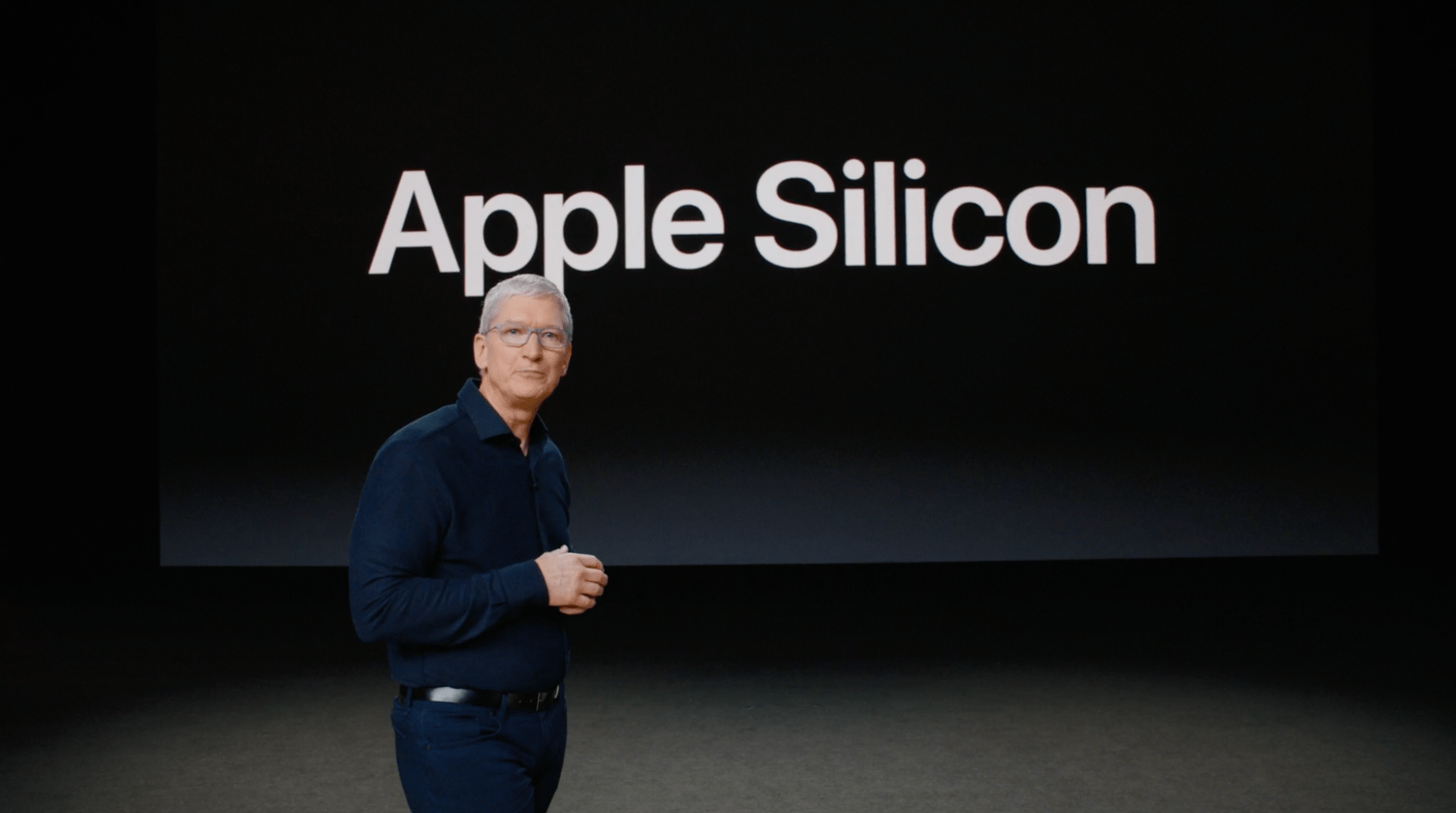
At the same time, it is necessary to remember the WWDC20 developer conference itself. Apple never promised to bring the most powerful processors/chips to the market, but instead mentioned "industry-leading performance per Watt", which can be translated as the world's best performance/consumption ratio. And precisely in this direction, Apple Silicon is the uncrowned king. The new Macs remain cool even under load and offer battery life unimaginable until recently. After all, this is proven, for example, by such a basic MacBook Air with M1 (2020). In his case, Apple relies only on passive cooling and did not even bother to put a classic fan in the laptop. I personally own this laptop and I have to admit that the only thing that bothered me after switching from a 13″ MacBook Pro (2019) to an M1 MacBook Air was cold hands.
It could be interest you
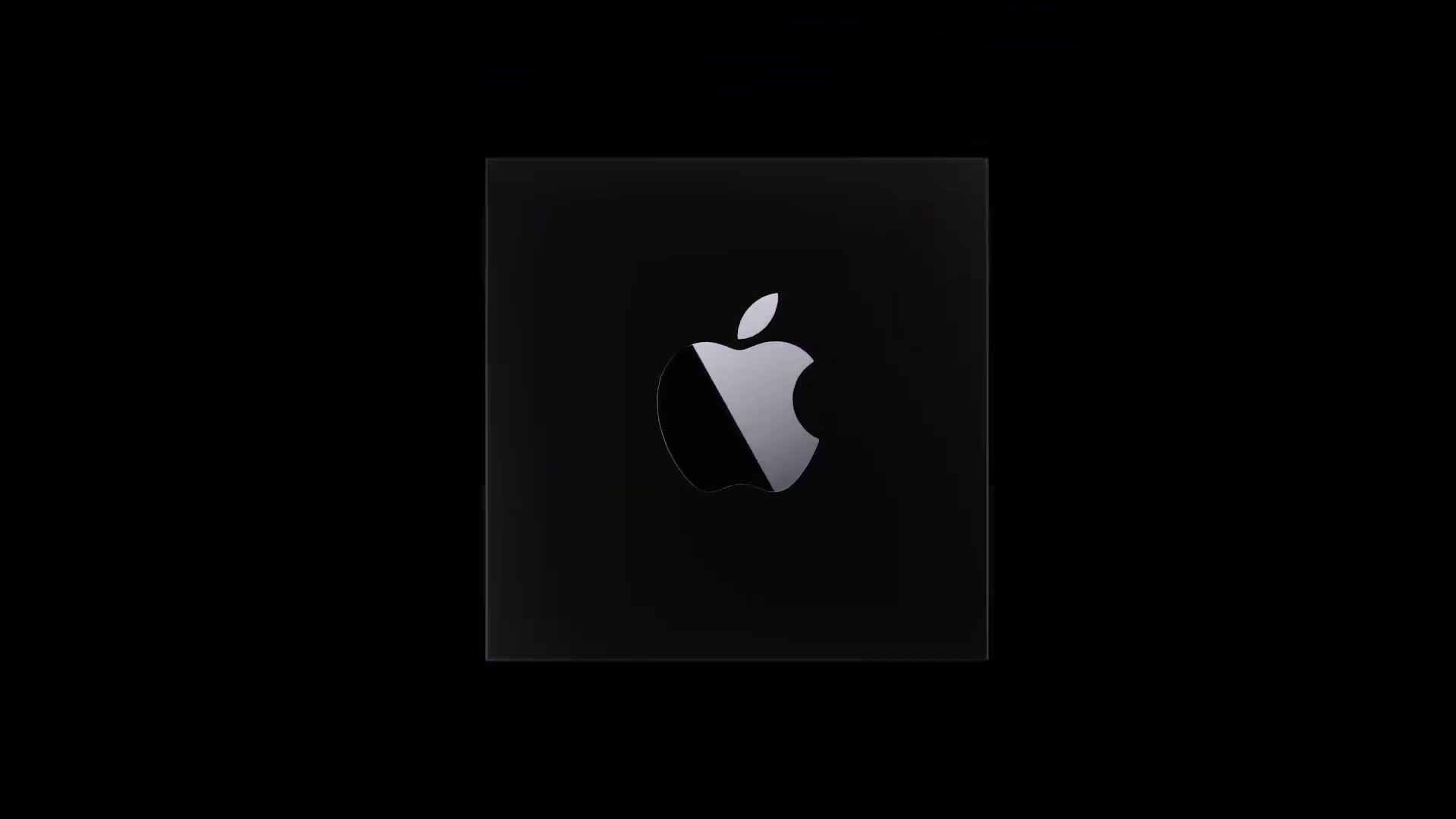
Intel as a straight top
Earlier MacBooks from the period between 2016 and 2020 were often ridiculed precisely because, with a little exaggeration, they functioned as a direct top. The used Intel processors looked quite decent on paper, but when the Turbo Boost function was activated and thus overclocked, they couldn't handle the rush of heat and had to limit the performance very soon, which caused not only performance problems, but also excessive overheating and constant fan noise. However, we have to admit that it wasn't just a mistake on Intel's part. Apple also played a fairly solid part in this. The goal of these laptops was design, while functionality was rather overlooked, when the device could not be cooled due to the excessively thin body. One of the benefits of Apple Silicon can be seen here. Fortunately, these chips are so economical that they don't have the slightest problem with the former format (thinness).
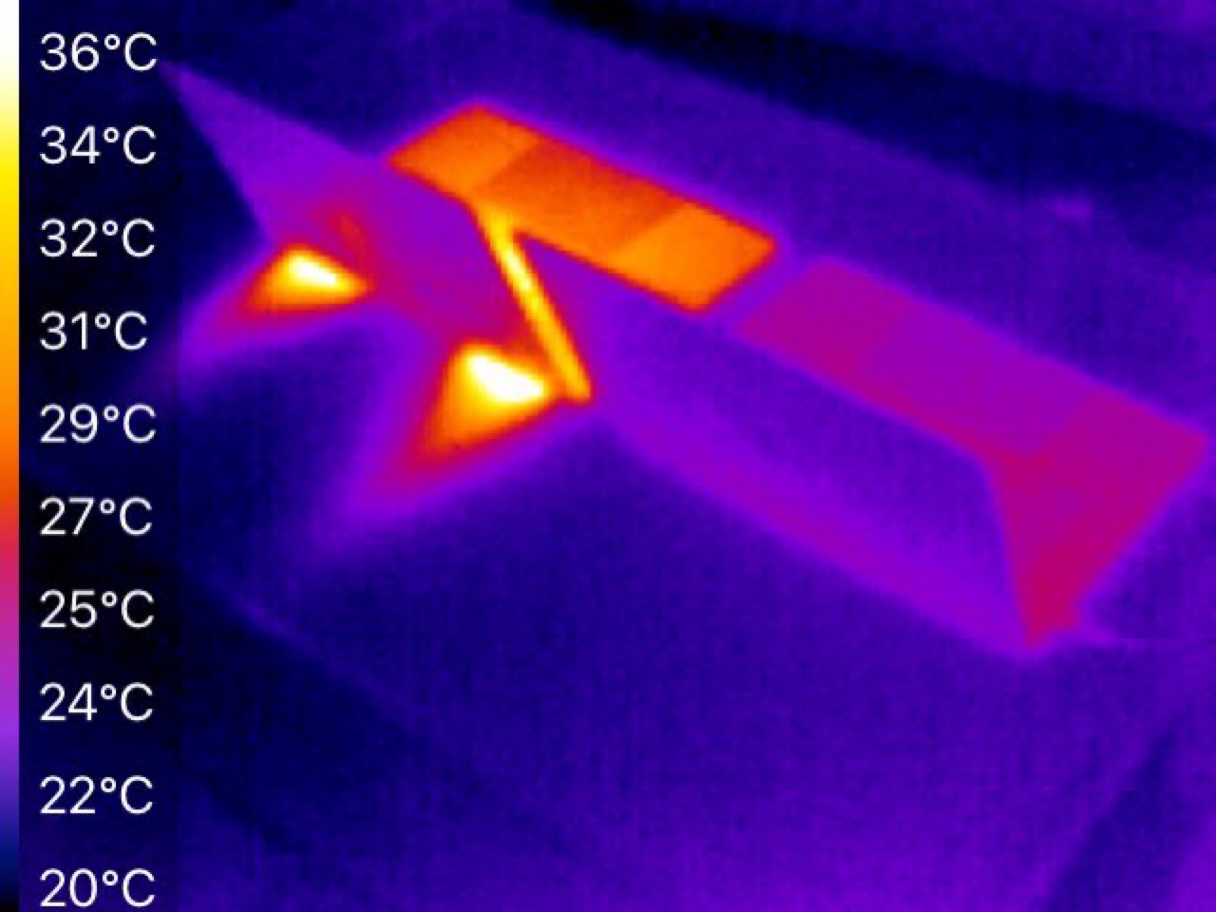
One user, who goes by the nickname on the Twitter social network, also summed it up perfectly @_MG_. On his profile, he shared a picture from a thermal camera where he placed two MacBook Pros next to each other, one with an Intel Core i7 processor, the other with an M1 Max chip. While a significantly higher temperature can be seen in the version with an Intel CPU, on the contrary, the laptop with Apple Silicon keeps a "cool head". According to the description, the photo was taken after an hour of the same work. Unfortunately, we no longer know what exactly happened on the computers.
It could be interest you

It is on this image that you can see the main benefits of Macs with Apple Silicon chips. It is an ideal device on which the user can work practically undisturbed all day. So it doesn't have to bother with fan noise, excessive heat or lack of power, unless it's doing something really demanding.
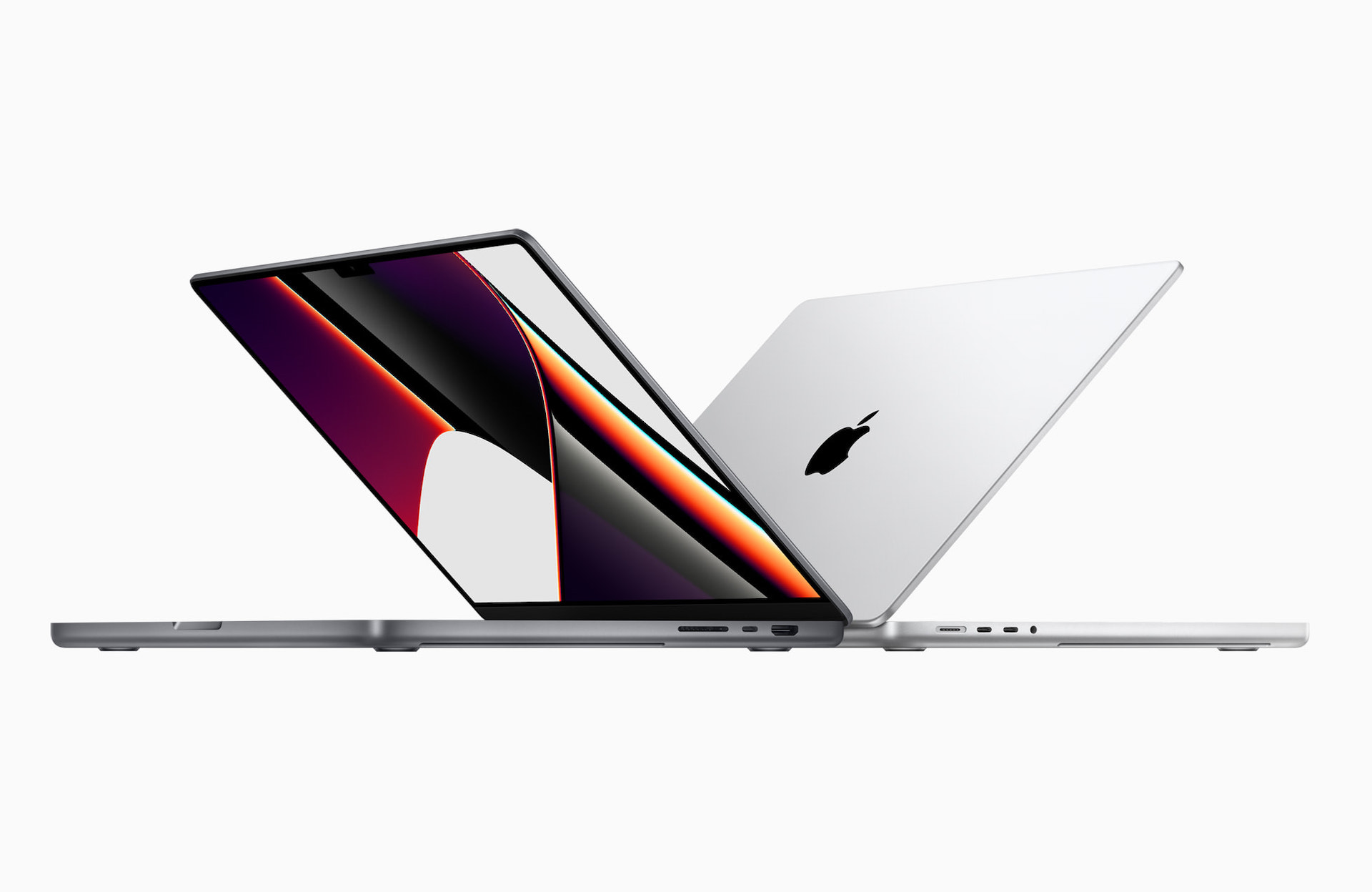
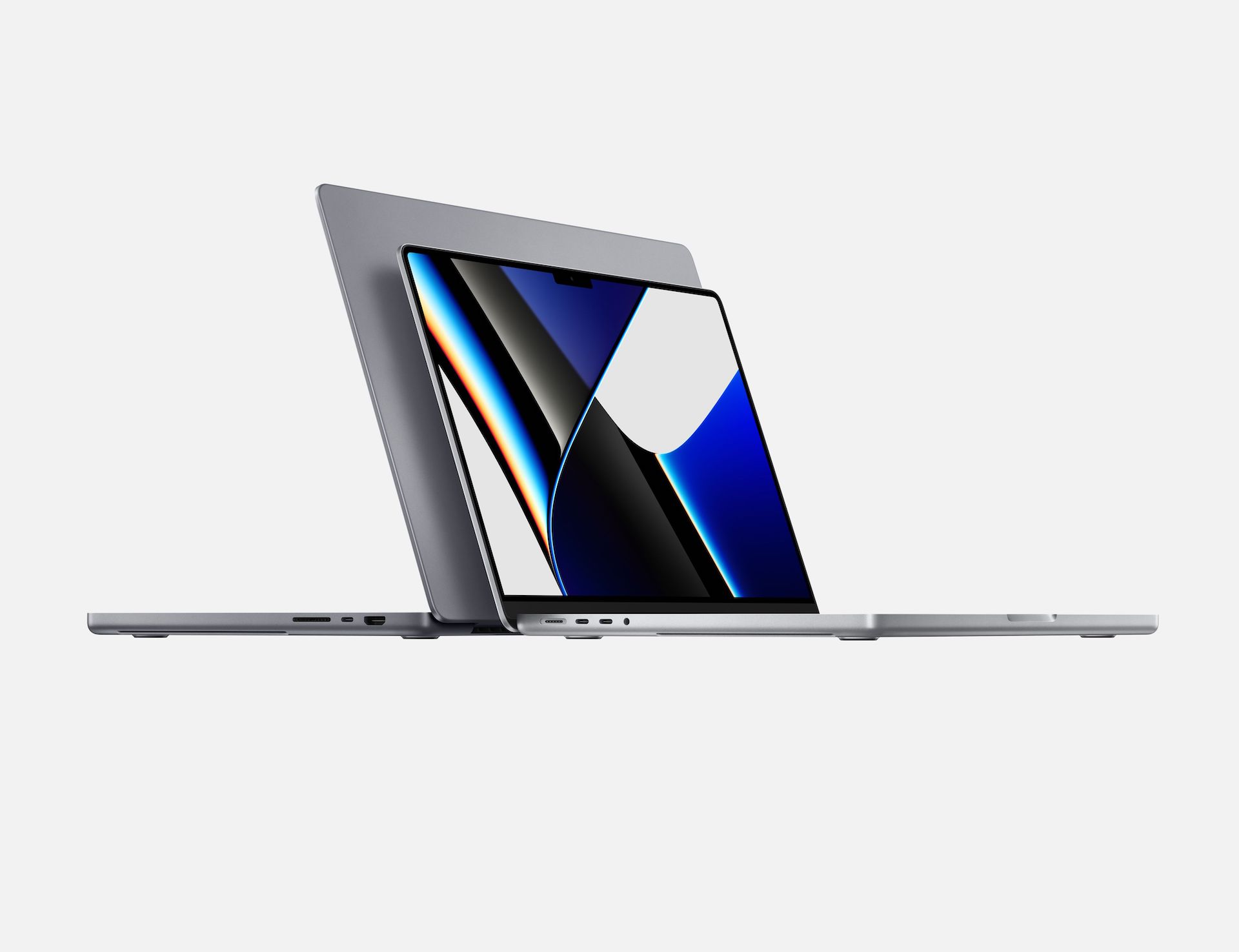


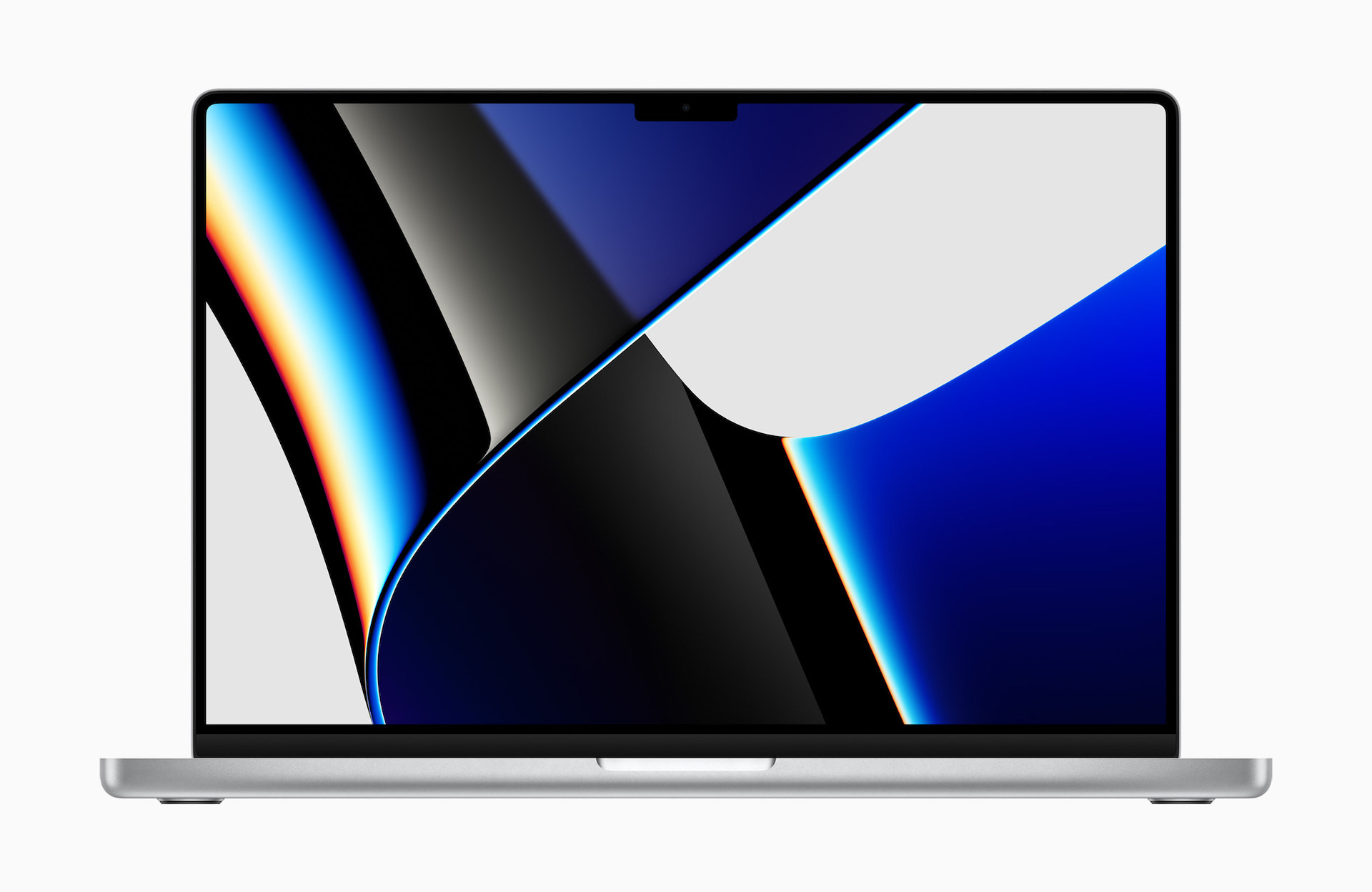
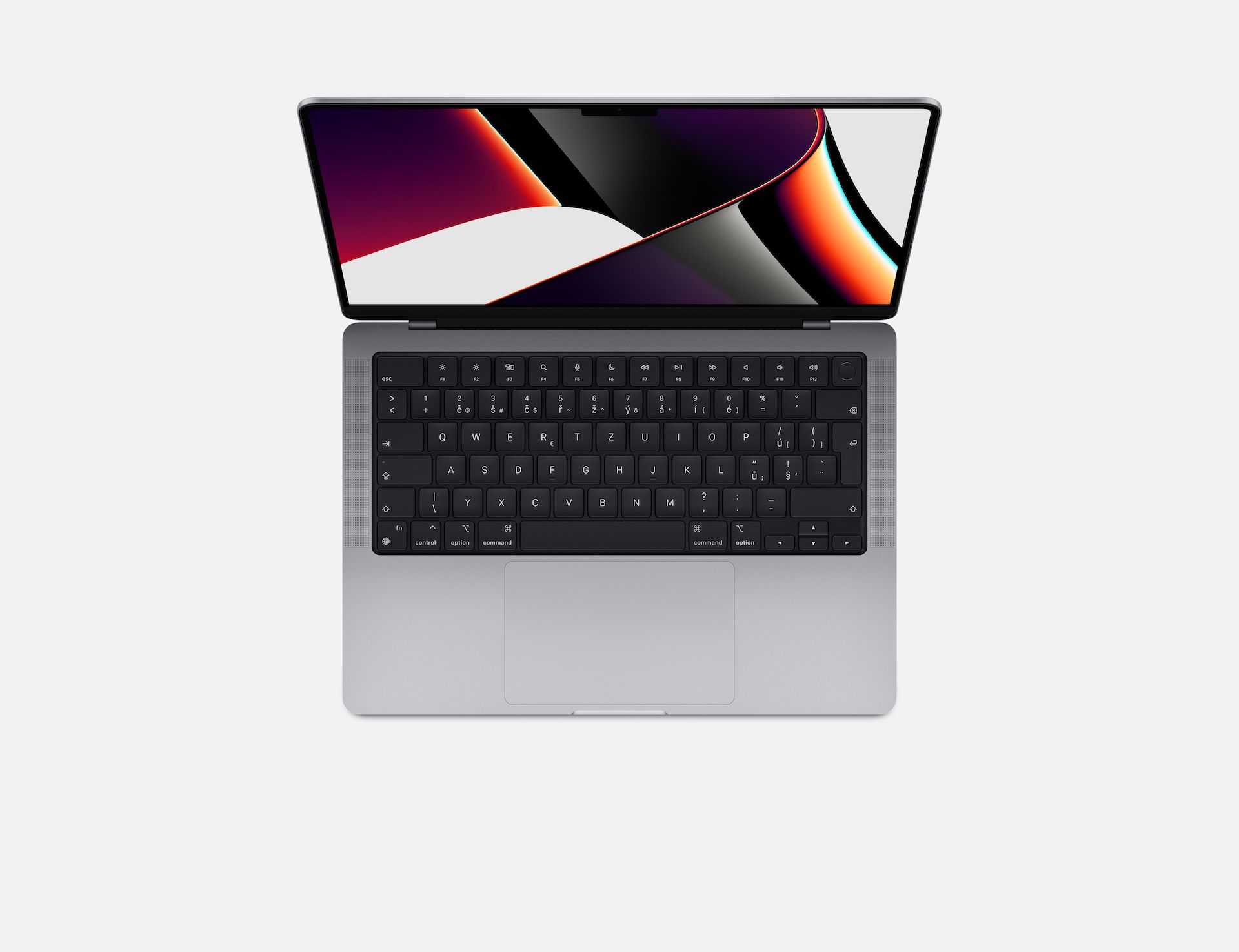
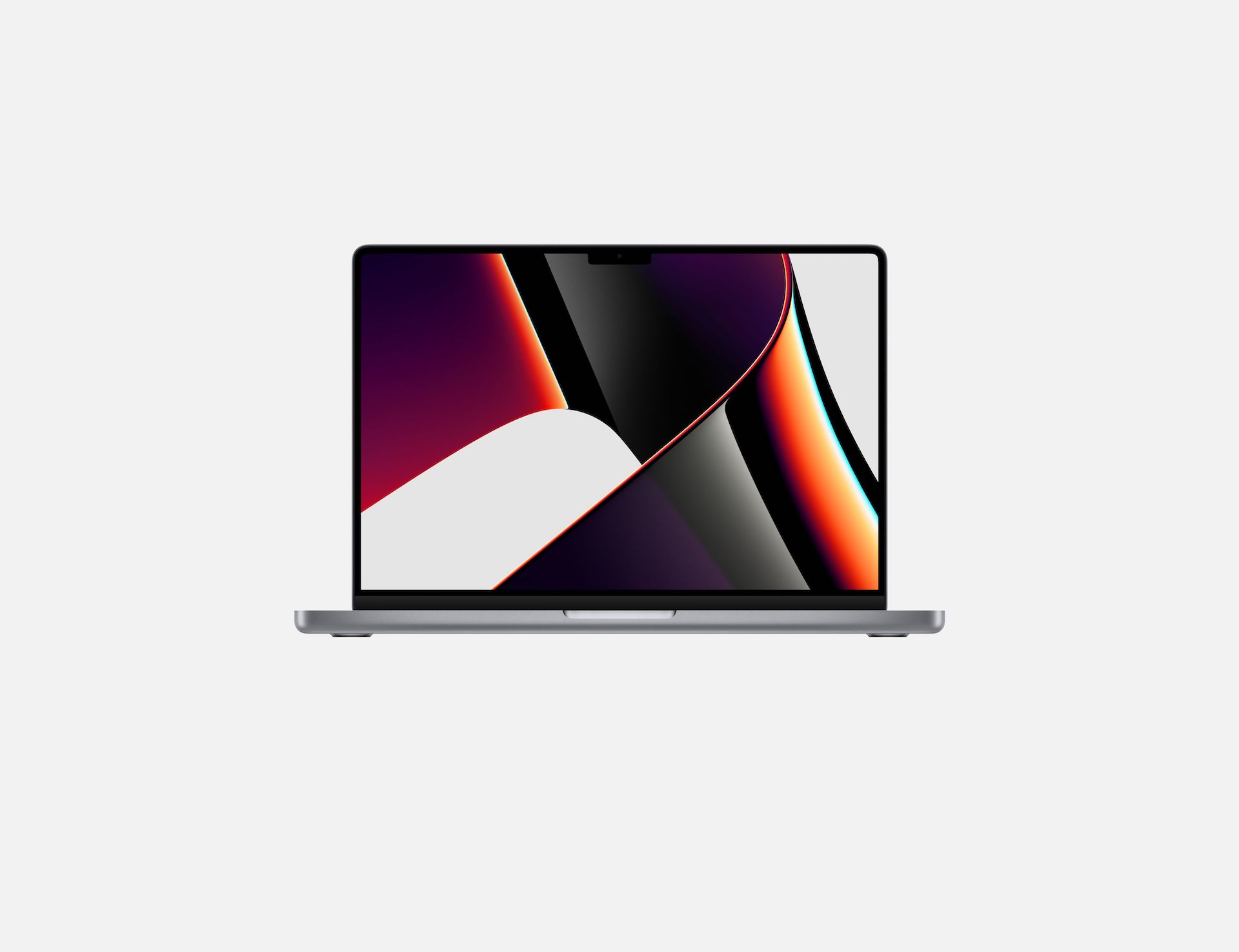
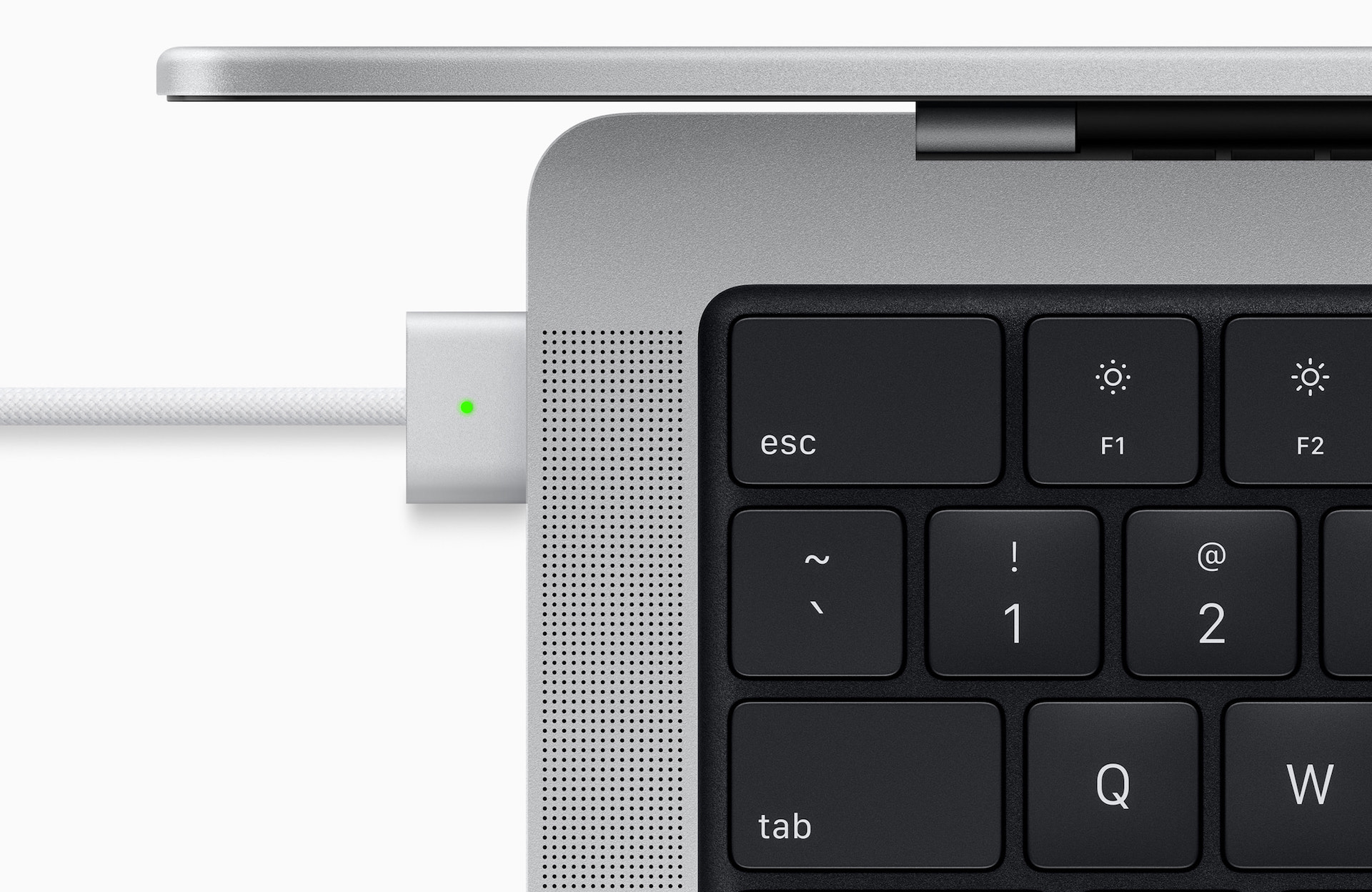
Tan on is a problem mainly with schizophrenic Apple. Until this year, he hammered into our heads that the basis of everything is thinness. Although he used processors that needed cooling, he screwed up the cooling design, often grossly underestimating it - see the Intel version of the Air. Well, now that it has its miraculous M1 chips, it crams a 10-year-old design into an ugly box and adds an SD card reader. They are comedians. I am satisfied with my MBP 13 2020 intel version. In combination with eGPU absolutely no problem. My girlfriend also uses eGPU with her Air - she connects the power supply, two monitors, a wired LAN, a web camera and an external keyboard with one cable. Performance is fine too.